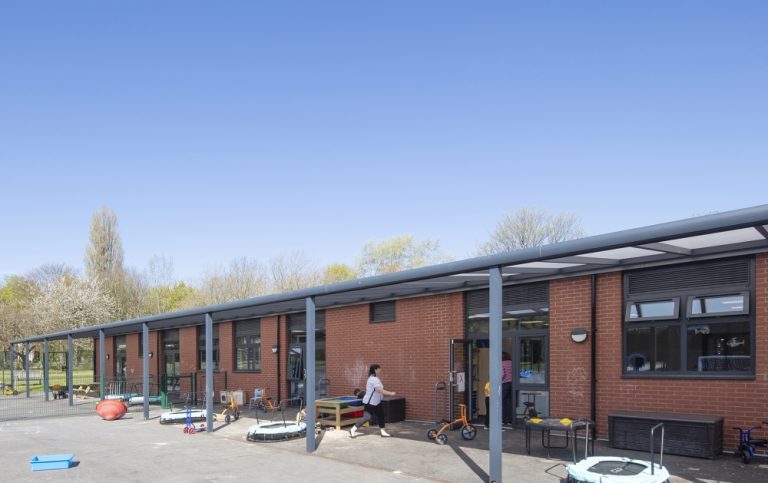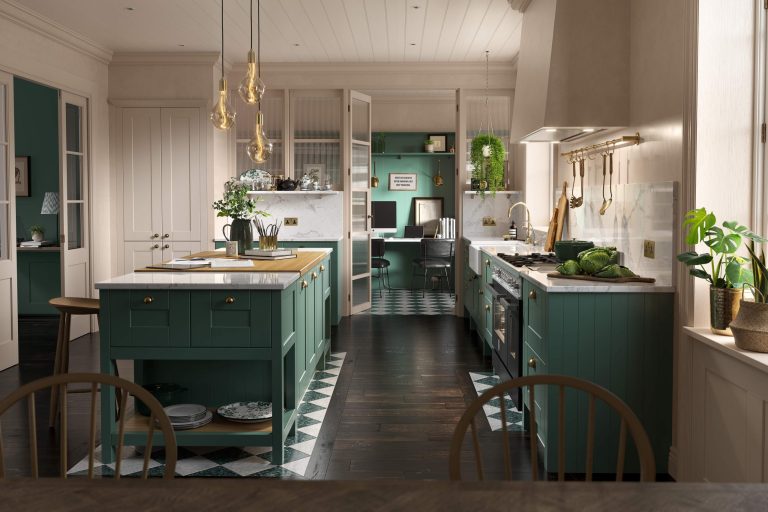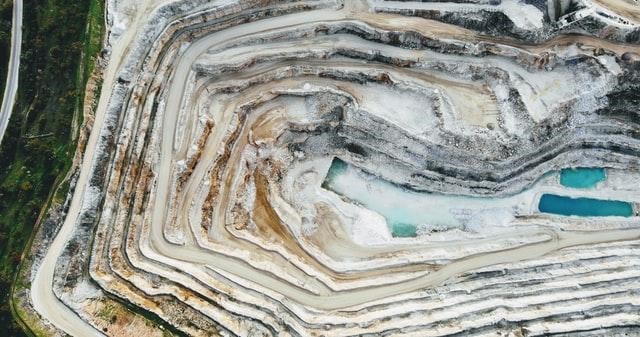In today’s world, mining for resources is inevitable (read more). The resources we require are valuable in everyday living and for innovation as well. Countries all over the world have performed this kind of activity to obtain good quality of structure use. To create almost every structure you see around you, quarrying becomes necessary; it is the reason behind every successful construction. Well, if you think about it, the term most likely brings up images of a big pit filled with rocks. But eventually, you’ll realize, it’s more than that. Read on to know more about quarrying and how it works. What Is Quarrying? Quarrying is the process of removing the minerals found in the ground to extract and use them to produce building materials. They are then used in the construction of mineral processing plants and in the manufacturing industry. The use of quarries has been notable since then, rising with the demand for aggregates. Many industries rely on quarrying to construct roads and railways, provide minerals to the agricultural sector, and serve as decorative stones and rocks for business residential landscape ventures. In the geological sense, quarrying is any operation on the earth’s surface where minerals are extracted. Meanwhile, the term “quarry” refers to the open-pit place where most minerals are excavated or quarried. How Does Quarrying Work? Quarries mainly produce “aggregates” such as sand, gravel, and crushed rock for construction and materials. Thanks to quarry mining, all of the advanced and pleasing infrastructures, buildings, skyscrapers, houses, and even highway roads are now achieved. A variety of in-ground construction materials may be present in quarries, including the following: 1. Limestone This porous mineral has been most used in many home construction and a famous decorative stone for rock gardens. More than that, limestones are durable that will surely last you for a long time. 2. Marble Perhaps you’ve seen many marble designs all over the net. Well, it has come to be the best choice for a kitchen countertop due to its lower upkeep and minimalist look. Also, it can withstand heat. 3. Granite For thousands of years, people have used granite even until now. This mineral is essentially used for construction building, whether for its aesthetic uses or quality-wise. To name a few, this includes countertops, floor tiles, paving stone, curbing, stair treads, and cemetery monuments. 4. Slate All by means of slate’s weather-resistant and pollution-resistant properties, it is considered one of the most used roofing and flooring materials that exist even in patios. But usually, slates are commonly found surrounding the pools and outer walls. 5. Sandstone If we are talking about the creative uses of decorative minerals, sandstone has got to be one of the best minerals to carve since it’s relatively soft. It’s been widely used to build temples, ornamental fountains, statues, and a lot more. Are Quarries Significant? Quarrying materials are critical to the country’s development since they provide construction resources. It is truly irresistible to see a quarry as an unwanted “hole in the earth.” Still, we rely on the quarrying industry to provide us with the necessary materials for our economy. Furthermore, it is talented, professional women and men who lead and operate quarries safely, productive, and environmentally friendly. As a bonus, quarrying gives employment opportunities for them! Quarrying is undoubtedly carried out all over the world. They have significant economic, environmental, labor, and social consequences, both within and outside the countries or regions where they are genuinely carried out. Most significantly, they give a considerable contribution to many developing countries, mainly in foreign exchange revenues and foreign investments. Is Quarrying Bad For The Environment? Partly yes, quarry mining also has a destructive outcome. Rock quarries take up large areas of land, and as a result, they have a significant impact on the ecosystem. Explosives for blasting, electricity, and fuels to operate heavy plant machinery, trucks, equipment, and generators are the primary inputs. Nevertheless, mining companies now acknowledge the need to invest in the restoration of land they have used. Leveling spoil heaps, filling in holes, and re-grassing the area are all part of this process. Although it takes a long time to restore what has been quarried, some companies still value what is essential to the environment. It is already a good thing.














